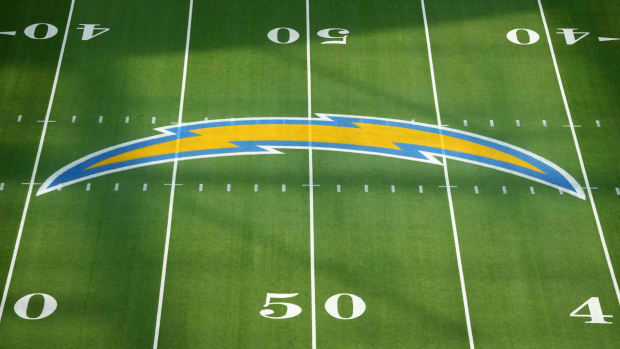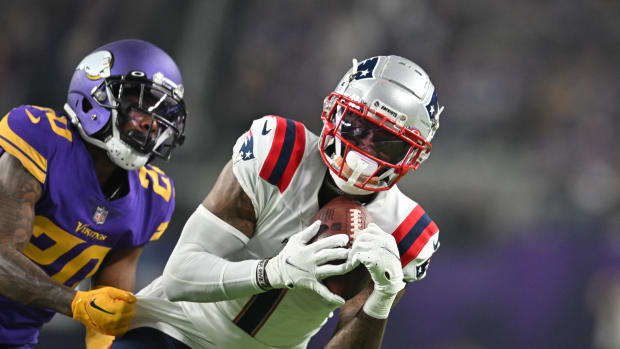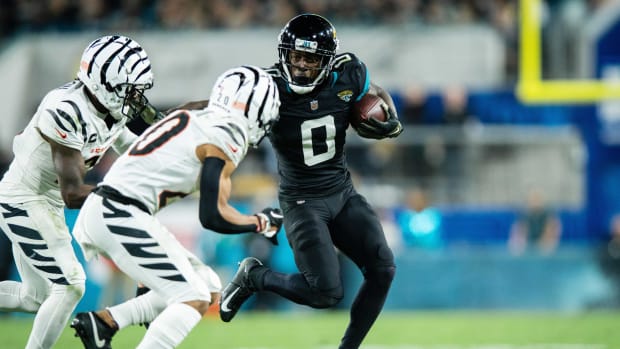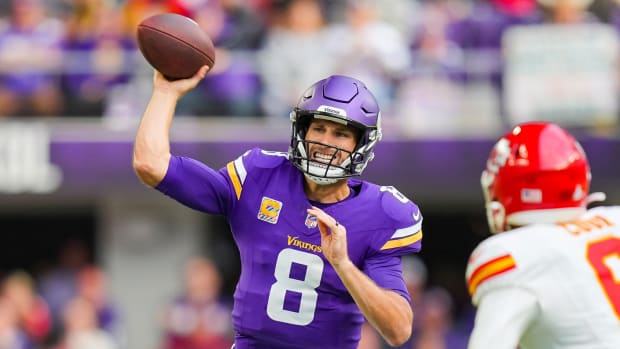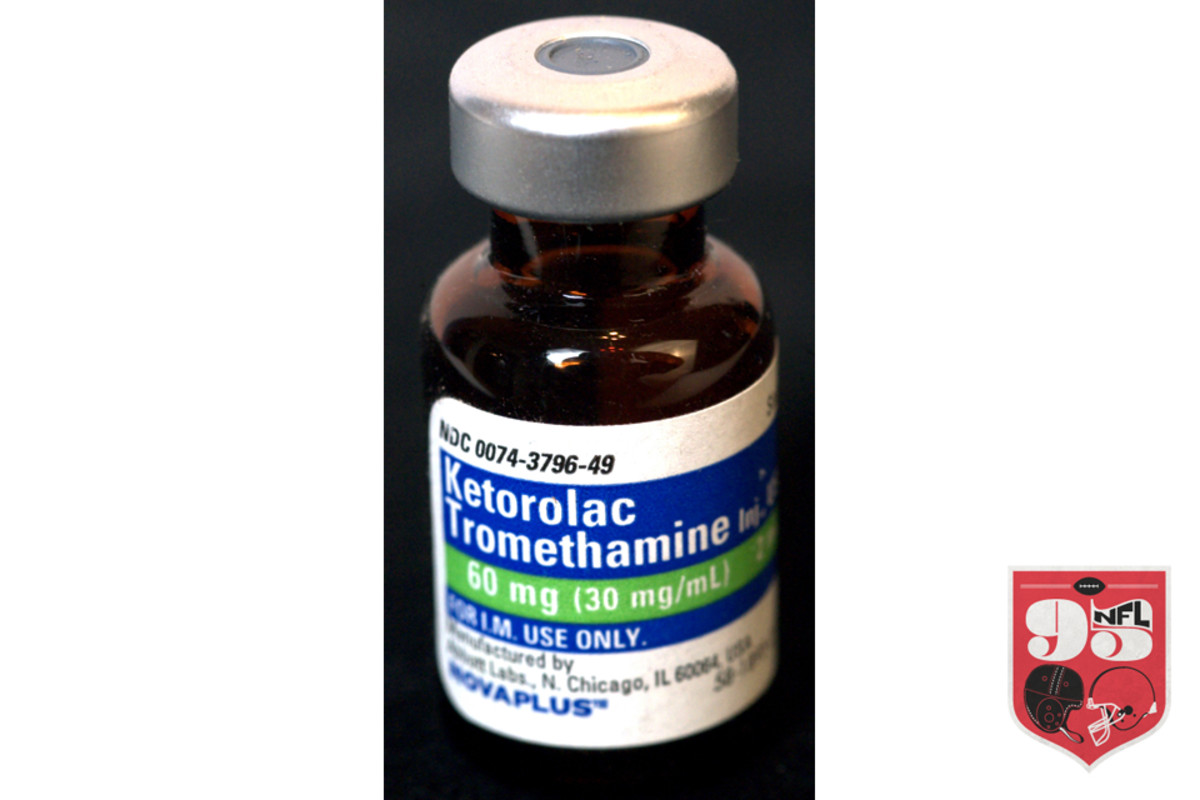
Toradol
The MMQB presents NFL 95, a special project—unveiled every Wednesday from May through July—detailing 95 artifacts that tell the story of the NFL, as the league prepares to enter its 95th season. See the entire series here.
The drug comes in pill form, but inject 30 to 60 mg into the butt and it will act even faster. Regular use could lead to gastrointestinal bleeding and kidney damage. Ketorolac Tromethamine (better known as Toradol) may sound dangerous, and it very well might be. But since being approved by the FDA in 1989, it has been the NFL’s go-to wonder drug, an amped-up Aleve that numbs the pain away—even if the pain doesn’t exist yet. As Bears linebacker Brian Urlacher famously told HBO’s Real Sports in 2012: “It’s normal. You drop your pants, you get the alcohol [swab], they give you a shot, put the Band-Aid on and you go out and play."
In a violent sport that lauds toughness, pain management has always been a complex issue. That’s why the prevalence of Toradol isn’t surprising. While the non-narcotic is not physically addictive, some doctors have raised questions about its long-term effects, especially when served with a cocktail of other drugs. Whether players have been properly clued in on that is murky as well as a springboard for several lawsuits, including one filed by eight plaintiffs—among them Richard Dent and Jim McMahon—in May. Although some teams have shied away from using Toradol, the ritual of players lining up for a pre-game syringe was commonplace for more than two decades. Its full impact is still cloaked, for now.
— Emily Kaplan


































